Today is the big day. If you’re Irish, claim Irish descendancy or are just looking for a good reason to get drunk, you know what March 17th is. You count down to it. You plan for it. You celebrate it, plan off work for it. And guess what? It’s here.
St. Patrick’s Day.
What is St. Patrick’s Day, and who is St. Patrick? Saint Patrick’s Day, or the Feast of Saint Patrick, is a cultural and religious celebration held on the traditional death date of Saint Patrick in 461 AD, the foremost patron saint of Ireland. Made an official holiday by the Catholic Church in the early 17th century, the celebration honors the 5th-century Romano-British Christian missionary and bishop, who baptized thousands of people in Ireland and ordained the earliest Catholic priests in the country.
Why do we celebrate St. Patrick’s Day? What makes this a day of indulgence with green beer, shamrocks and parades of such augmented measure as to scale entire cities? Here are seven things you probably don’t know about St. Patrick and the day that bears his name!
Shamrocks

Historical legend credits St. Patrick with teaching the Irish about the Holy Trinity by showing people the shamrock, a three-leafed plant, using it to illustrate the Christian teaching of three persons in one God. This story first appears in writing in 1726, though it may be older. The shamrock has since become a central symbol for St Patrick’s Day.
It is also commonly thought that the Shamrock could be a mixed Celtic reference, as many of their symbolic deities came in threes, which often was representative of the cyclical nature of being – live, death and afterlife.
Driving the Snakes from Ireland

Legend has it that St. Patrick was personally responsible for driving all of the snakes (yes, literally snakes) from Ireland, an event coming after which he was attacked by snakes upon a 40-day fast on a hilltop.
The true story is much more symbolic, however, as “snakes” is likely representative of the Pagan people and Celts that St. Patrick was responsible for converting to Christianity – thus, driving the “snakes” out of Ireland.
Blarney Stone

The St. Patrick’s Day legend of the Blarney Stone, a block of limestone built into Blarney Castle, is one wrought with confusion. The most prevailing story of the Blarney Stone involves Clíodhna, a banshee/goddess figure who Cormac Laidir MacCarthy appealed to while involved in a lawsuit.
Reportedly Clíodhna told MacCarthy, the builder of Blarney Castle, to kiss the first stone he found in the morning on his way to court. He did so, and with great eloquence and a little deceit, plead his case and won. It is because of this that the Blarney Stone is said to impart “the ability to deceive without offending”. In fact, the word blarney has come to meaning flattering or deceiving in speech, a blatant derivation from MacCarthy’s success.
What’s interesting to note about the tradition of kissing the Blarney Stone is that it is, in fact, in a very precarious position within the castle. The act of actually kissing the stone isn’t easily done, as it is incurred with some risk by scaling to the top of the castle and bending over backwards along the castle’s parapet.
St. Patrick’s Blue
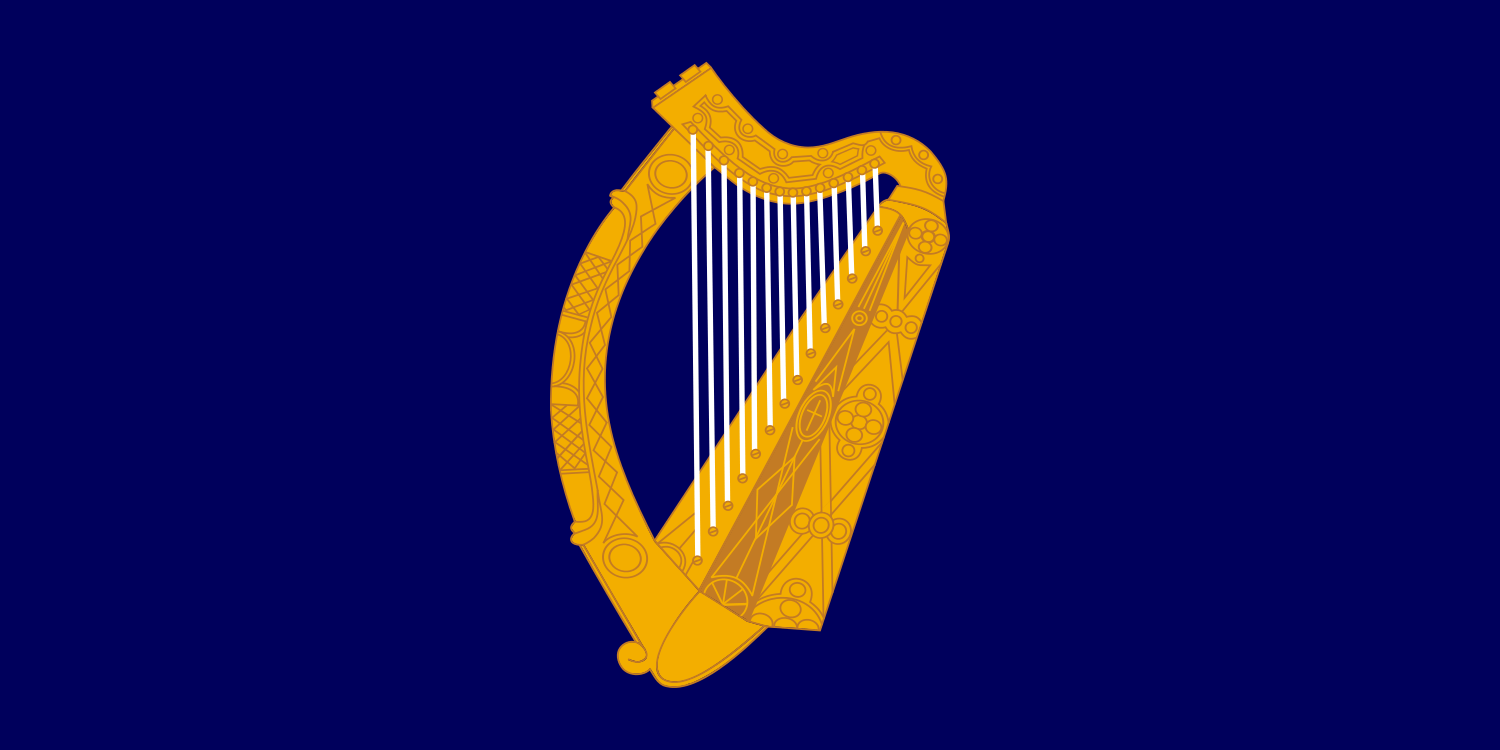
Despite the well-known Kelly Green color associated with St. Patrick’s Day, history points quite convincingly to the fact that the original color of his sainthood was a light blue. Once the familiar clover became the recognizable symbol of nationalism in the late 1700’s, in the wake of the Irish Rebellion, the color merged to it’s now traditional green. Seen everywhere from the dyed waters of the Chicago river to the isles of Ireland itself, this color is now the hue of the fun and festive worldwide celebration.
St. Patrick’s Day is a Celebration… of his Death!

As a member of the Catholic faith, St. Patrick was revered as the primary Saint of Ireland, and is credited with introducing Christianity to the country. Ironically, this holiday tends to celebrate his life on March 17th, and the life of the revelers in his name no matter which religion our fellow party goers subscribe to. Of all the St. Paddy’s Day traditions, the fact that St. Patrick’s Day honors his death as much as his life surprises many.
Lost to time, St. Patrick’s legacy actually started with his origins in Roman Britain (modern England), not Ireland, where he was captured and enslaved to watch over his captor’s animals. He later escaped after six years of servitude to his home in England, just to later return to Northern Ireland.
The Bars Were Closed
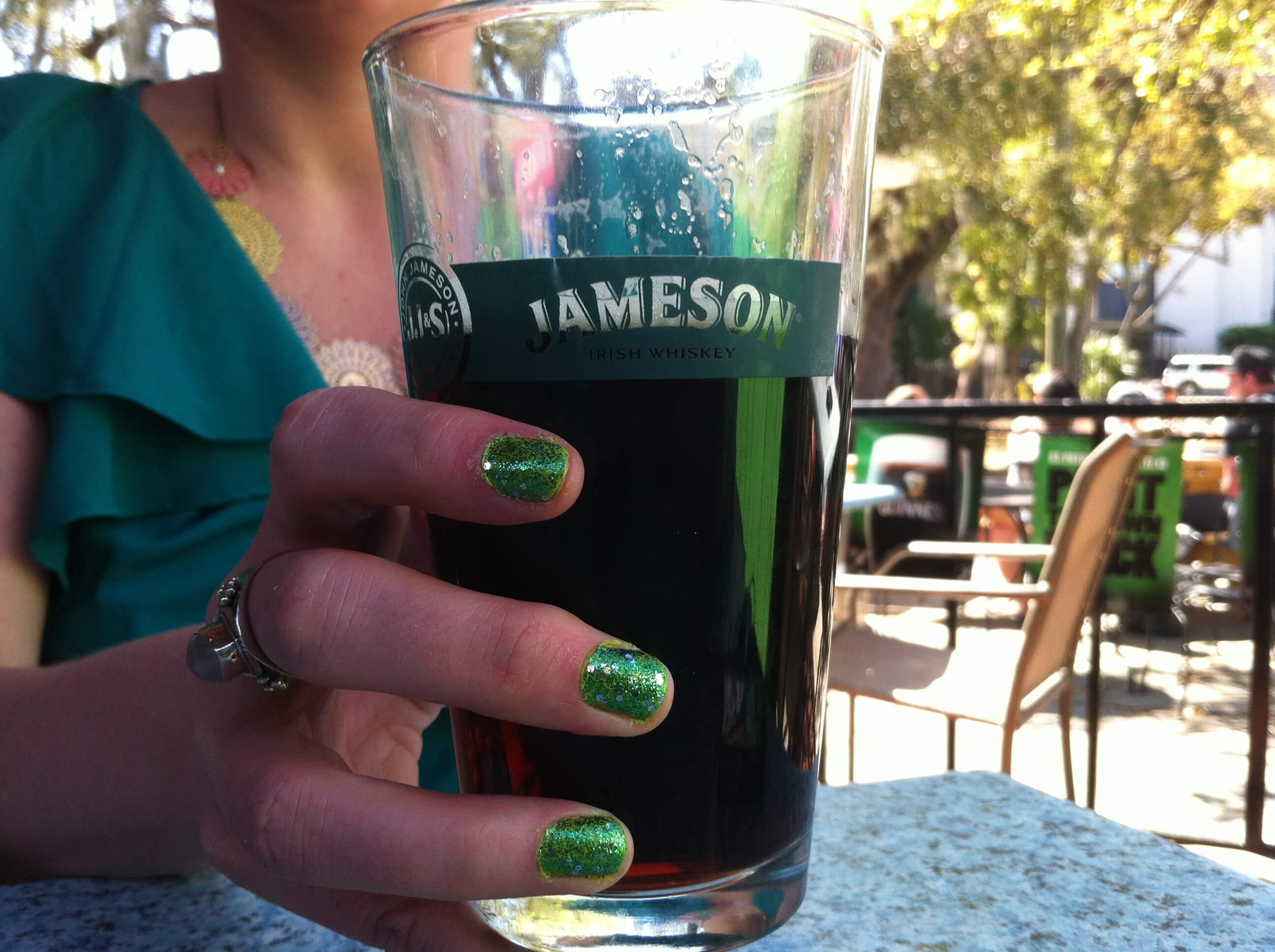
Due to the overwhelming Catholic population in the early 1900’s, the holiday, while recognized, could not be celebrated with the now familiar jaunty revelry in local pubs. It wasn’t until the 1960’s that you could find partakers cheering the Saint over a pint during Lent, which happens to fall during the celebration of the Irish Saint. While they tried to stave off the celebrations as best they could, in 1961 the Irish government came to their senses, and the breweries rejoiced, as they repealed their version of March 17th prohibition and let the locals imbibe to their delight!
St. Patrick’s Day Parades – An American Tradition
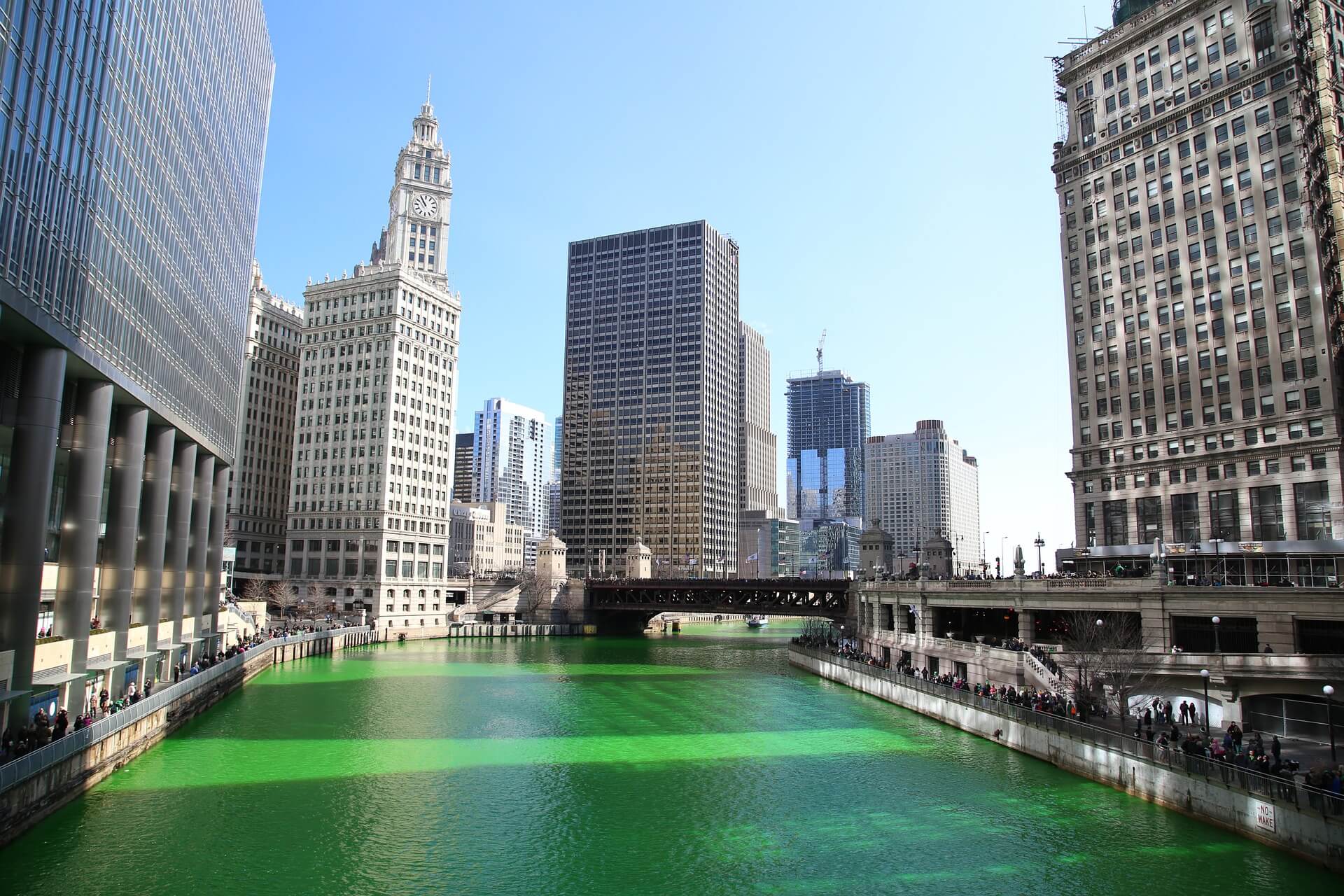
St. Patrick himself might be surprised by this one! The inaugural “parade” to celebrate his day was actually held in none other than New York City, not Ireland. In 1762, with soldiers of Irish origin serving in the army across the pond, many marched through the streets to show their loyalties. Since then, the rest of the country has happily joined in, and that act of Irish patriotism became what we know today across so many U.S. cities – the St. Patrick’s Day Parade. In fact, Chicago celebrates the day by dying the entire Chicago River in St. Patrick’s green!
Whatever you know or don’t know about St. Patrick’s Day, make sure to enjoy with friends, a cold pint and a cheers to Ireland!
Happy St. Patrick’s Day!

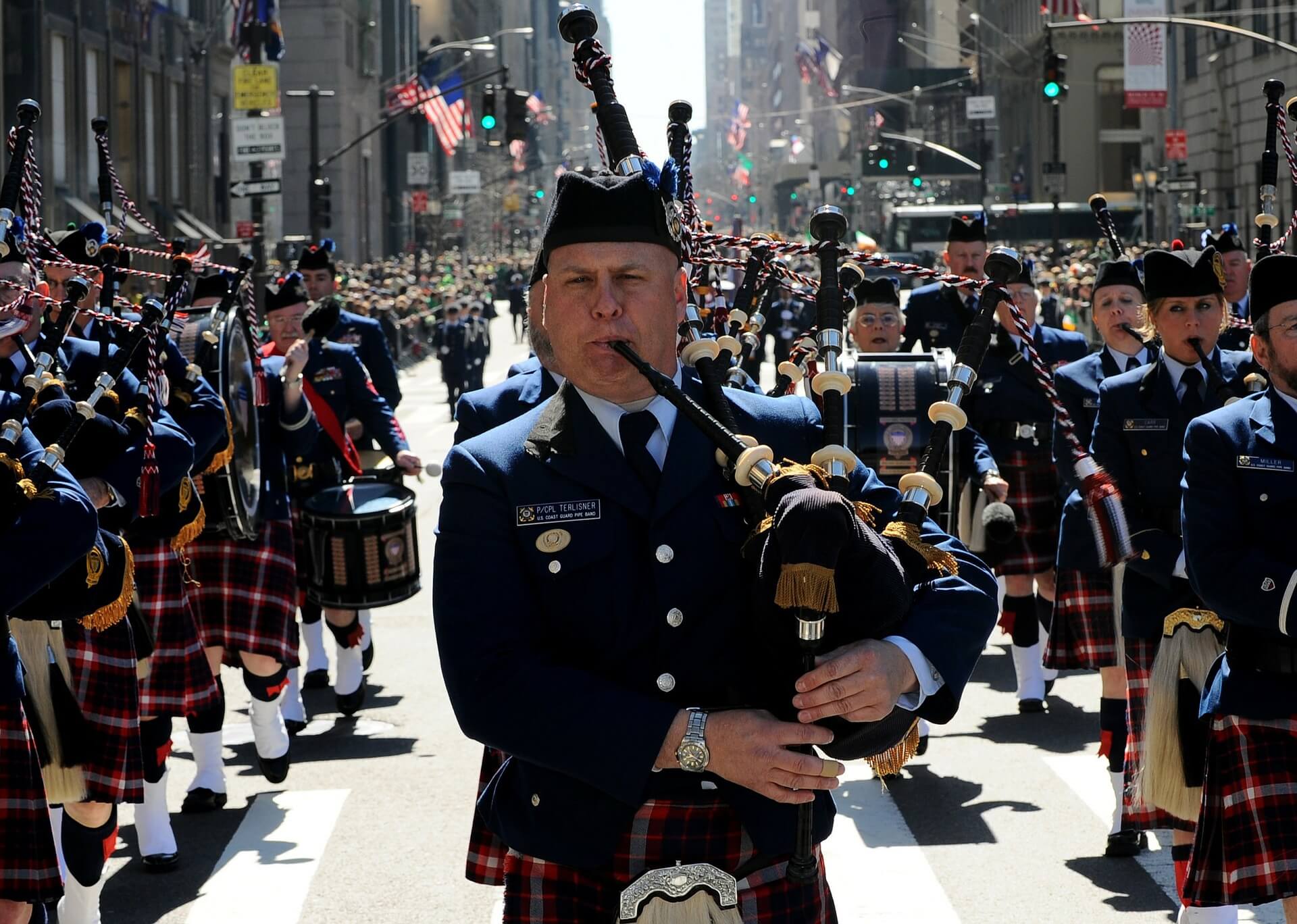

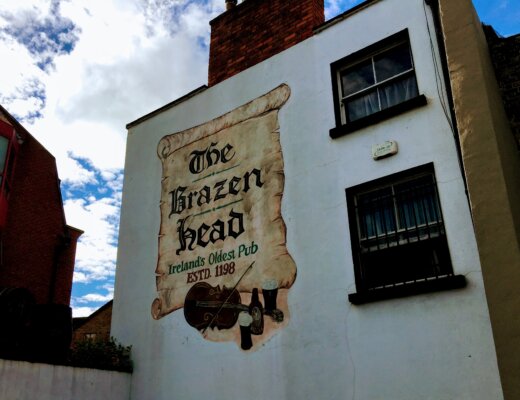

Aaron Teoh
March 18, 2017 at 2:19 amThanks for the informative article! Coming from Singapore, where St Patrick’s Day generates some buzz but is not celebrated by the general public, I’m finally getting some context on what the day is about. It’ll definitely mean something different to me when it comes again next year 🙂
Justin & Tracy
March 18, 2017 at 2:41 pmGlad you enjoyed it, Aaron! Thanks!
Britanica
March 24, 2017 at 8:03 pmI actually did some reading on the holiday and a lot of it is made up of stories and myths. St. Patrick was actually born in Britain and was of Italian decent. Much of the Roman Catholic church at one point was made up of Italians. It is funny because not many people know this and the ones who do thing it should be celebrated by and for the Italians, not the Irish. Either way, I enjoyed the article! I actually learned a bit on history.
Justin & Tracy
March 24, 2017 at 9:40 pmThanks Britanica!
Francesca
March 30, 2017 at 5:17 amI know a little things about St. Patrick’s Day, upon reading the caption I was curious to read through to prove you wrong that I know a few things out of the seven.. But you know what? I didn’t know anything about the 7 things mentioned here. Lol. Indeed an informative and educative piece. Thanks so much for sharing, I’ve learnt some new things about St. Patrick’s Day. It’s great!
Justin & Tracy
March 30, 2017 at 8:43 amThanks Francesa!